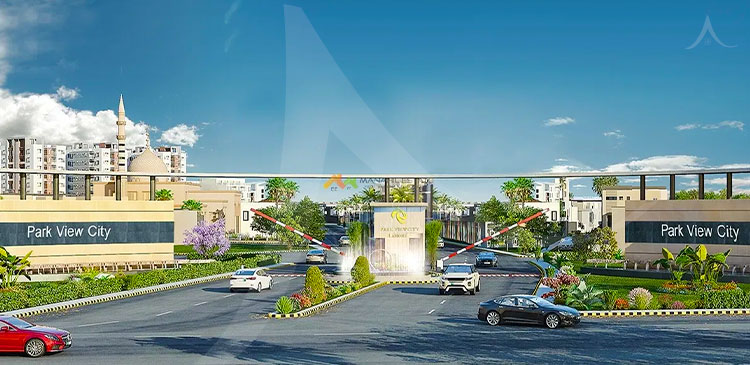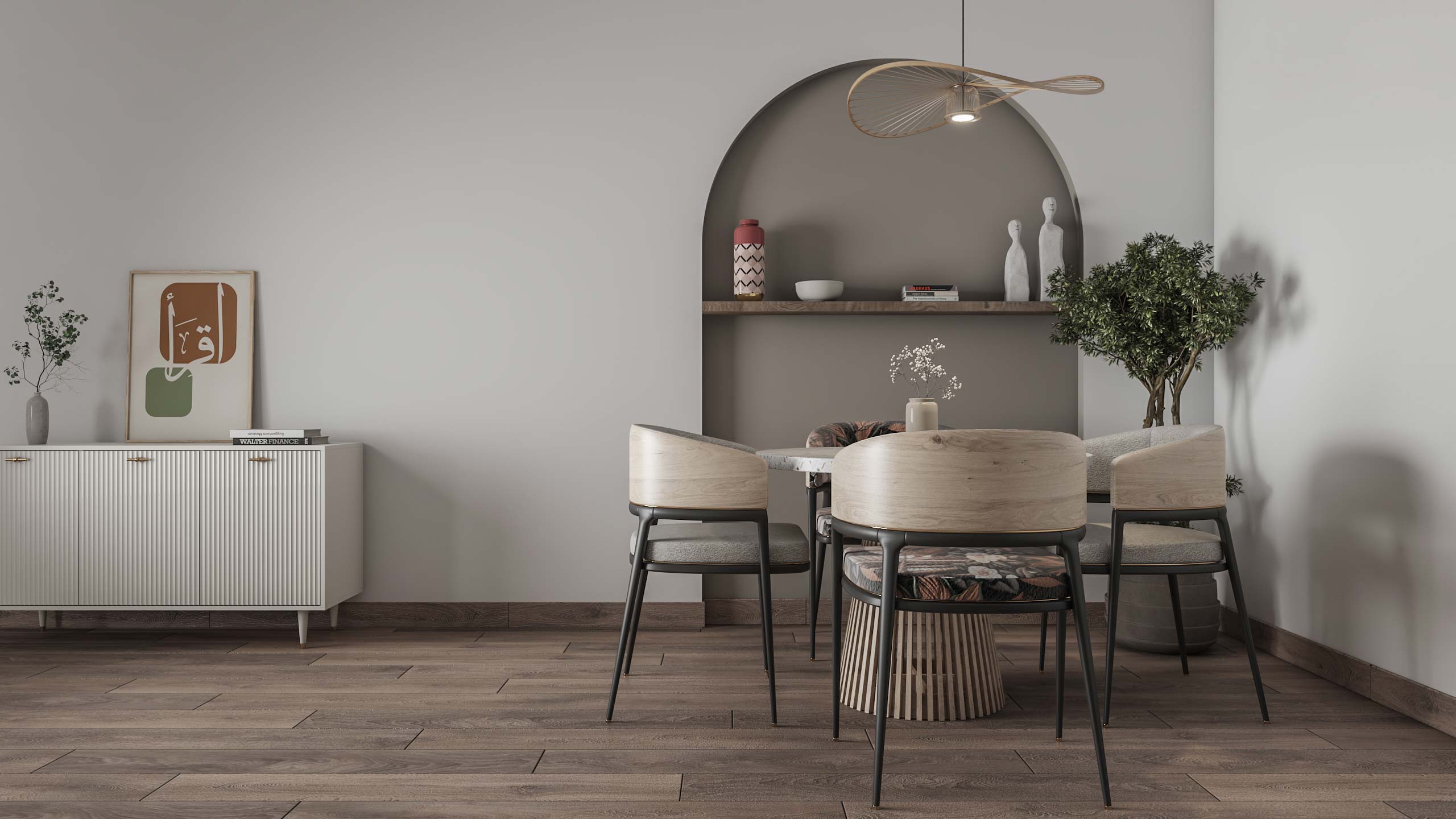Technology Integration for Enhanced Residential Property Management
In the dynamic landscape of residential property management, the integration of advanced technologies has become a game-changer.
Property managers are increasingly turning to innovative solutions to streamline operations, improve efficiency, and enhance the overall living experience for residents.
From smart automation systems to data-driven analytics, the fusion of technology and property management is reshaping the industry.
In this comprehensive guide, we will explore the myriad ways in which technology integration is revolutionizing residential property management, with a focus on the evolving needs of property owners and residents.
I. The Role of Technology in Modern Property Management
A. Shifting Paradigms
In the past, property management primarily relied on manual processes and face-to-face interactions.
However, as the industry evolves, technology has become integral to the property management ecosystem.
The shift towards digitization is driven by the need for greater efficiency, transparency, and a seamless resident experience.
B. Embracing Proactive Solutions
Technology integration allows property management professionals to move beyond reactive approaches.
Smart technologies enable proactive solutions, from predictive maintenance to real-time issue resolution.
This shift empowers property managers to address potential challenges before they escalate, ensuring a higher standard of service for residents.
II. Smart Automation Systems
A. Smart Home Devices
1. Smart Thermostats and Energy Management
- Efficient Climate Control: Smart thermostats offer residents the ability to control the temperature remotely, optimizing energy usage and reducing utility costs.
- Energy Monitoring: Integrating energy management systems provides valuable insights into consumption patterns, allowing property managers to implement eco-friendly initiatives.
2. Smart Lighting Systems
- Customizable Lighting: Residents can personalize lighting settings, creating a comfortable and energy-efficient environment.
- Occupancy Sensors: Automated lighting based on occupancy not only enhances security but also contributes to energy conservation.
B. Building Management Systems (BMS)
1. Energy-Efficient Building Operations
- Optimized HVAC Systems: BMS allows centralized control of heating, ventilation, and air conditioning, leading to energy savings and improved comfort for residents.
- Remote Monitoring: Property managers can remotely monitor and adjust building systems, enhancing operational efficiency.
2. Integrated Security Systems
- Access Control Integration: BMS integration with access control systems enhances overall security by providing a unified platform for monitoring and managing entry points.
- Surveillance Integration: Seamless integration with surveillance systems allows for real-time monitoring and proactive response to security incidents.
III. Resident Experience Enhancement
A. Smart Resident Portals
1. Online Maintenance Requests
- Streamlined Communication: Technology enables residents to submit maintenance requests through user-friendly online portals, facilitating efficient communication with property management teams.
- Real-Time Updates: Automated notifications keep residents informed about the status of their maintenance requests, enhancing transparency.
2. Community Engagement Platforms
- Event Calendars and Notices: Technology-driven community platforms foster resident engagement by providing event calendars, community notices, and a space for open communication.
- Amenity Booking Systems: Residents can conveniently book communal spaces, such as clubhouses or fitness centers, through integrated online systems.
IV. Data-Driven Decision-Making
A. Predictive Analytics
1. Maintenance Predictions
- Asset Performance Analysis: Predictive analytics assess the performance of property assets, enabling proactive maintenance to prevent potential issues.
- Cost Optimization: By predicting maintenance needs, property managers can optimize budget allocation and reduce unexpected expenses.
2. Demand Forecasting
- Occupancy Trends: Analyzing historical data helps property managers forecast occupancy trends, allowing for strategic decision-making in marketing and pricing strategies.
- Supply Chain Optimization: Data-driven insights assist in managing inventory and maintenance supplies efficiently.
V. Financial Management and Reporting
A. Automated Accounting Systems
1. Expense Tracking
- Real-Time Expense Monitoring: Automated systems track expenses in real-time, providing property managers with accurate financial data for informed decision-making.
- Budget Adherence: Technology ensures adherence to budgetary constraints by providing alerts and reports on financial deviations.
2. Rent Collection Platforms
- Online Payment Portals: Technology simplifies rent collection through online platforms, reducing the reliance on physical checks and streamlining the payment process for residents.
- Automated Late Fee Calculations: Automated systems calculate late fees, ensuring consistency and accuracy in financial transactions.
VI. Challenges and Considerations in Technology Integration
A. Initial Investment Costs
1. Balancing Affordability
- Cost-Benefit Analysis: Property management companies, including a property management company in Dubai, must conduct a thorough cost-benefit analysis to determine the viability of technology investments.
- Long-Term Savings: While the initial investment may be substantial, the long-term savings in operational costs and improved efficiency can outweigh the upfront expenses.
B. Integration Complexity
1. Professional Support
- Expert Consultation: Engaging with technology experts and consultants can ease the integration process, ensuring that systems work seamlessly together.
- Employee Training: Adequate training for property management staff is crucial to maximizing the benefits of integrated technologies and minimizing operational disruptions.
C. Resident Privacy and Security
1. Data Protection Measures
- Secure Systems: Property managers must prioritize the implementation of secure systems to safeguard resident data and ensure compliance with privacy regulations.
- Transparent Communication: Open communication with residents about data usage and protection measures fosters trust and addresses concerns related to privacy.
VII. Future Trends in Residential Property Management Technology
A. Artificial Intelligence and Machine Learning
1. Predictive Maintenance Advancements
- Dynamic Predictions: AI and machine learning algorithms will evolve to provide more dynamic and accurate predictions for maintenance needs, further reducing downtime and costs.
- Personalized Resident Experiences: AI-driven systems will tailor resident experiences based on individual preferences and behaviors.
B. Blockchain Integration
1. Enhanced Security and Transparency
- Secure Transactions: Blockchain technology will enhance the security of financial transactions and lease agreements, reducing the risk of fraud.
- Transparent Records: Property managers can utilize blockchain for transparent and tamper-proof record-keeping, improving accountability.
Potential Downsides of Technology Integration in Residential Property Management
Initial Implementation Costs
1. Financial Burden on Property Owners and Managers
- High Initial Investment: The integration of advanced technologies often requires a significant upfront investment, which can strain the financial resources of property owners and management companies.
- Affordability Concerns: Small to mid-sized property management firms may find it challenging to allocate funds for comprehensive technology integration, potentially limiting access to cutting-edge solutions.
Integration Complexity and Challenges
2. Technical Integration Issues
- Compatibility Concerns: Integrating various technologies may lead to compatibility issues, requiring careful planning and expert consultation to ensure seamless operation.
- Learning Curve: Property management staff may face a learning curve when adapting to new systems, potentially causing temporary disruptions in workflow and service delivery.
Resident Privacy and Security Concerns
3. Data Breach and Privacy Risks
- Vulnerability to Cyberattacks: With increased reliance on digital platforms, there is a higher risk of cyberattacks, potentially compromising sensitive resident data.
- Regulatory Compliance: Property managers must navigate complex data protection regulations to ensure compliance, failure of which may lead to legal repercussions and damage to reputation.
Risks Associated with Technology Integration
Operational Challenges
4. System Downtime and Technical Glitches
- Service Disruptions: Technical glitches or system failures can disrupt essential property management services, causing inconvenience to residents and potentially damaging the reputation of the management company.
- Dependency on Technology: Overreliance on technology may pose challenges when systems experience downtime, emphasizing the importance of backup plans and contingency measures.
Resident Resistance and Satisfaction
5. Resistance to Change from Residents
- Tech Aversion: Some residents may resist the introduction of new technologies due to a lack of familiarity or a preference for traditional methods.
- Communication Gaps: Insufficient communication about the benefits of technology integration may lead to misunderstandings and dissatisfaction among residents.
Evolving Technology Risks
6. Rapid Technological Obsolescence
- Short Lifespan of Technologies: The fast-paced nature of technological advancements may render integrated systems obsolete sooner than expected, necessitating frequent updates and replacements.
- Investment Sustainability: Property owners must carefully assess the sustainability of their technology investments to avoid continuous cycles of replacement and upgrading.
Addressing Downsides and Mitigating Risks
Strategic Planning and Budgeting
7. Thorough Cost-Benefit Analysis
- Comprehensive Evaluation: Property owners and managers should conduct a thorough cost-benefit analysis to assess the long-term advantages of technology integration against initial implementation costs.
- Prioritization: Prioritizing essential technologies based on immediate needs can help manage costs while gradually expanding the integration.
Training and Support
8. Employee Training Programs
- Skill Development: Implementing robust training programs ensures that property management staff are well-equipped to handle new technologies, minimizing disruptions.
- Ongoing Support: Providing ongoing support and resources for staff helps address challenges as they arise and encourages a smooth transition to the integrated systems.
Cybersecurity Measures
9. Robust Cybersecurity Protocols
- Regular Audits: Regular cybersecurity audits help identify vulnerabilities and ensure that protective measures are up to date.
- Encryption and Secure Protocols: Implementing encryption and secure data transfer protocols adds an extra layer of protection against potential data breaches.
Clear Communication with Residents
10. Transparent Communication Strategies
- Education on Benefits: Clearly communicating the benefits of technology integration to residents can alleviate concerns and encourage a more positive reception.
- Feedback Channels: Establishing feedback channels allows residents to express concerns and ensures that their voices are heard during the integration process.
Future-Proofing Strategies
11. Scalable and Adaptable Solutions
- Scalability: Choosing scalable solutions that can adapt to future technological developments helps future-proof property management investments.
- Flexibility in Contracts: Negotiating flexible contracts with technology providers allows for adjustments and upgrades as needed, minimizing risks associated with technological obsolescence.
For more information visit: Silk Valley Holiday Homes
Conclusion
As technology continues to advance, residential property management stands at the cusp of a transformative era.
The integration of smart automation, data analytics, and resident-focused platforms is reshaping how properties are managed and how residents experience their homes.
Property management companies, including those in dynamic cities like Dubai, must carefully navigate the challenges and embrace the opportunities that technology presents.
The synergy between property management and technology is not just a trend but a fundamental shift towards a more efficient, responsive, and resident-centric future.
Through thoughtful integration and strategic adoption, the fusion of technology and residential property management will undoubtedly redefine the industry landscape.



